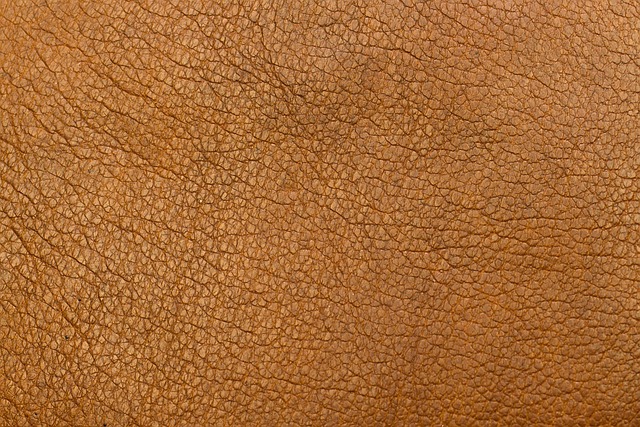In the dynamic world of graphic design, the fusion of fine arts and culture breathes life into various design styles, serving as a testament to human creativity and expression. At its core, graphic design is not merely about aesthetics; it’s a reflection of the cultural narratives and artistic movements that shape our perception of art and its impact on society.
Fine arts, encompassing painting, sculpture, photography, and more, have long influenced graphic design, inspiring designers to borrow techniques, color palettes, and themes. When graphic designers infuse elements of fine arts into their work, they create a bridge between traditional artistry and contemporary design style. This interplay invites viewers not only to appreciate visual appeal but also engage with deeper cultural meanings behind each piece.
Consider the intricate line work of traditional calligraphy, now reimagined in modern branding. The elegance of these fine arts influences manifests in logo design and typographic choices, presenting a status of sophistication that resonates with an audience seeking authenticity and depth. By integrating these fine art techniques, designers elevate their visuals, ensuring they are not just seen but felt.
Culture plays an equally critical role in shaping design styles. Each culture brings its history, beliefs, and art forms, which can profoundly influence graphic design projects. For instance, the bold colors and geometric patterns of African textiles can inspire modern visual identities, blending vibrant cultural elements with contemporary design sensibilities. Integrating cultural motifs into graphic design allows designers to craft unique narratives that celebrate diversity and inclusivity.
Art, in its many forms, challenges perceptions and sparks conversations. Graphic designers often take cues from current artistic movements, whether through abstract forms, minimalism, or surrealistic elements, creating works that provoke thought and inspire viewers. One can look at how movements like Bauhaus and Pop Art still resonate in today’s design styles, underscoring the relentless pursuit of innovation while paying homage to the past.
The journey of exploring fine arts and culture within graphic design invites designers and audiences alike to immerse themselves in a richer narrative. This exploration is not just an academic exercise; it’s a celebration of creativity that transcends boundaries, connecting us through shared human experiences and emotions. Each design style emerges as a unique proposition, asking the viewer to see beyond the surface, to experience the stories, histories, and cultures that inform each creation.
As we embrace this elegant dance of fine arts and culture, graphic design becomes a powerful vessel for expression. It not only communicates ideas but also celebrates societal values, bridging past and present while paving the way for future innovation. In this evolving landscape, the possibilities are endless, and each design decision is an opportunity to celebrate the richness of artistic heritage.




